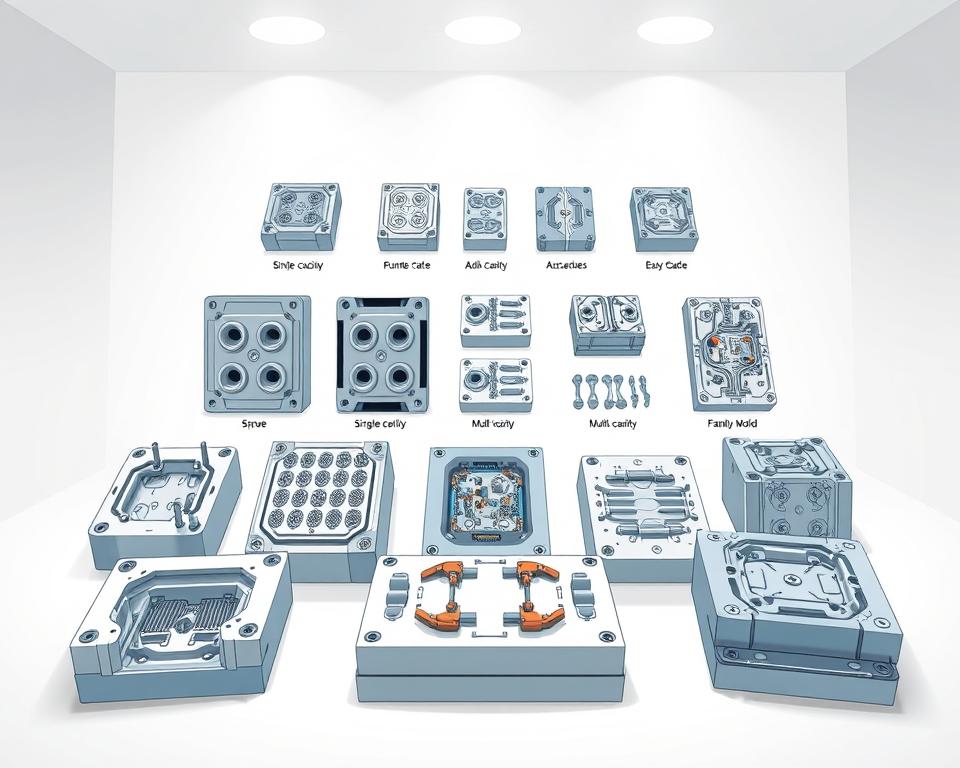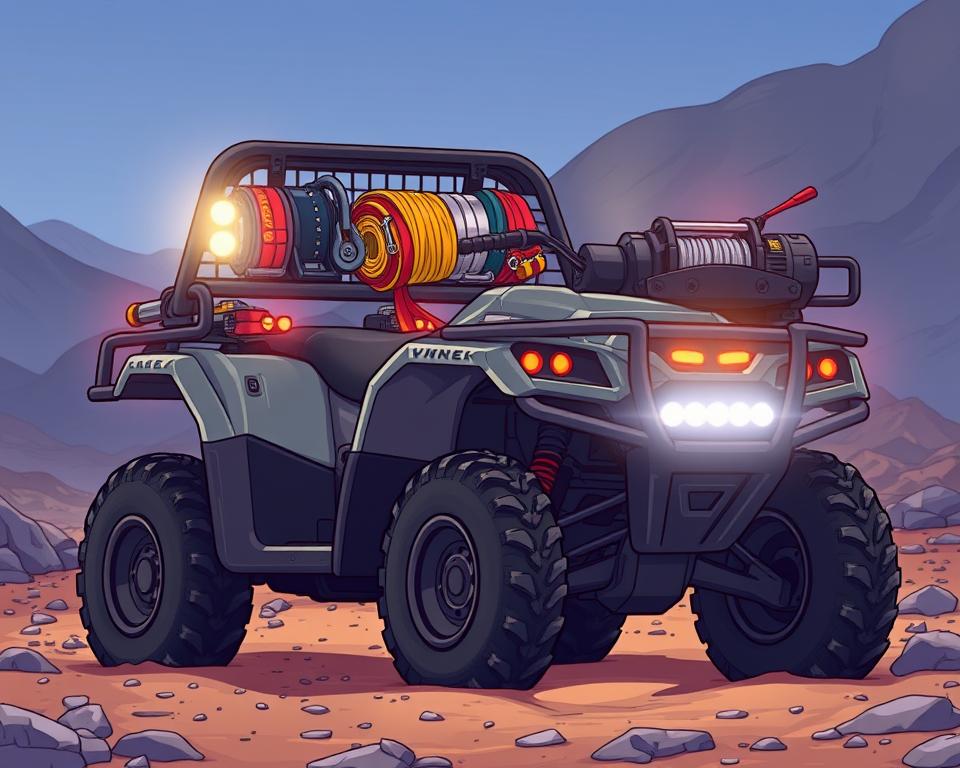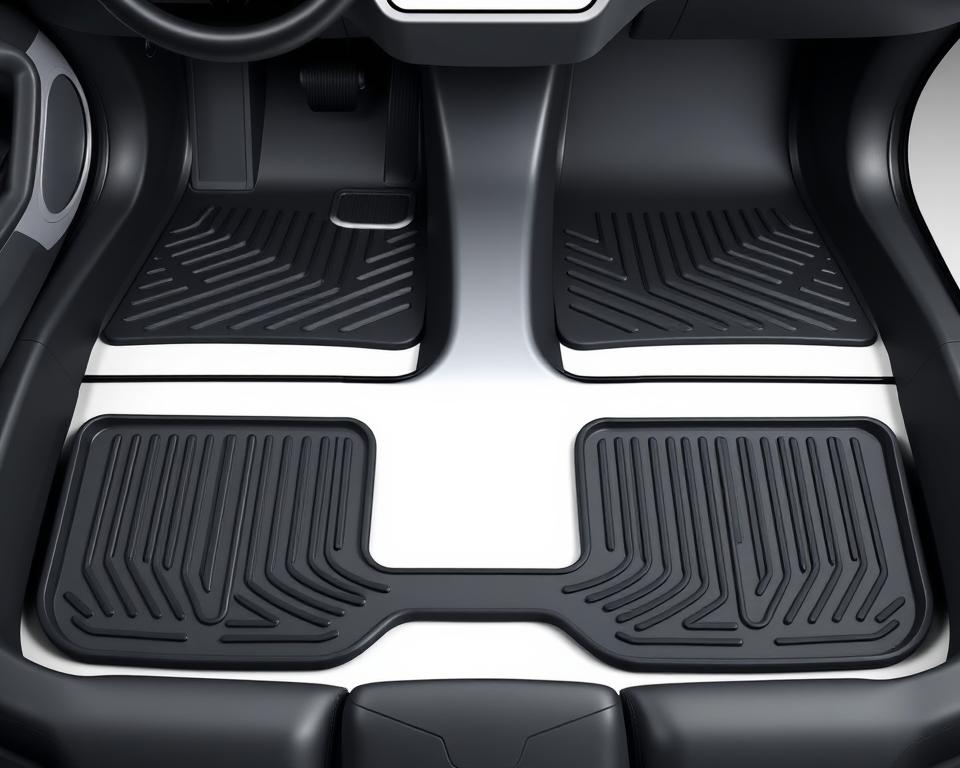Counseling Services for Mental Health in San Diego
Did you know that nearly1 in 5 adults in the United States experience mental illness each year? That’s more than fifty million individuals struggling with concerns impact their everyday well-being. Here in San Diego,professional counseling services are vital in supporting individuals through their psychological challenges. Finding the right therapy in San Diego helps improve mental health, from anxiety and depression to relationship struggles.
Getting to know the mental health help San Diego available can empower you to make informed decisions about seeking help. This can significantly enhance your overall quality of life.
Main Points
- Mental health is essential for overall well-being.
- San Diego offers a variety of mental health counseling services.
- Therapy supports major emotional challenges.
- Finding local resources empowers you to seek help.
- Knowing your therapy choices boosts your recovery.
Counseling Defined
Counseling provides essential support when you face mental or emotional struggles. It helps you understand your thoughts and feelings, leading to personal growth. Looking for counseling services locally can improve your coping skills, enhancing your general wellness.

Definition and Importance
Mental health counseling is a conversation with a trained professional to tackle emotional and psychological issues. It offers a safe space to discuss your concerns. In San Diego,counselors guide you to understand root issues and develop solutions.
Different Types of Counseling Services
Many counseling formats are available to suit different situations. Mental health therapy in San Diego includes:
- Individual therapy
- Therapy for partners
- Marriage counseling
- Counseling for families
- Focused group therapy
Every format offers distinct advantages based on personal requirements. Working with professionals can help you discover the best path for your mental health journey.
Counseling Services in San Diego
San Diego boasts a wide array of mental health counseling services tailored to different needs. It prioritizes individual well-being, providing support for everyone. Whether you’re seeking personal guidance or help for your relationship, San Diego has you covered. Available methods range from individual talk therapy to marriage and family sessions.
Available Counseling Options
Key services include:
- Individual Counseling San Diego: Provides one-on-one support for personal growth and stress management.
- Couples Marriage Counseling: Helps partners communicate better, solve disputes, and rebuild trust.
- Family Counseling: Brings relatives together to improve interaction and mutual support.
Importance of Local Resources
Local services ensure timely and relevant care. Groups such as Healthy Minds and UCSD Health provide therapy, seminars, and peer networks. They build connections that encourage continued participation in your wellness plan. Nearby care boosts consistency and long-term progress.
Solo Counseling San Diego
Individual therapy in San Diego is a powerful tool for personal growth and healing. You get confidential guidance to examine emotions and habits. Tailored approaches in individual counseling help therapists address unique challenges for each client.
Why One-on-One Therapy Helps
Individual counseling provides personalized attention, creating a judgment-free space for you to share your experiences. Key benefits include:
- Customized Treatment: Sessions are designed around your unique challenges.
- Deeper Understanding: Exploring personal issues enhances self-awareness and insight into your behaviors.
- Improved Coping Skills: Practical tools help you navigate difficult emotions.
Typical Concerns Handled
One-on-one counseling addresses many challenges. Common concerns include:
- Worry: You’ll explore triggers and develop strategies to manage symptoms.
- Low Mood: Work to replace pessimistic beliefs with healthier outlooks.
- Trauma: Processing traumatic experiences aids in healing and moving forward.
- Stress Management: Gain methods to reduce tension and improve daily life.
Marriage Counseling in San Diego
Marriage counseling in San Diego provides a secure space for couples to examine their relationship dynamics. Counseling helps reveal underlying problems, improve dialogue, and address disputes. Knowing what to expect strengthens connection and confidence.
Marriage Counseling 101
Starting marriage therapy means openly discussing your feelings and thoughts with a licensed therapist. Sessions often involve:
- Identifying specific challenges in the relationship
- Setting mutual goals for improvement
- Practicing scenarios to foster empathy
These sessions aim to clarify emotions and perspectives, fostering a deeper understanding. Ultimately reinforcing your connection.
Techniques Used for Couple Improvement
Marriage therapy uses various techniques tailored to each couple’s needs. Common strategies include:
- Communication exercises to express thoughts and feelings effectively.
- Dispute management techniques helping you find solutions together.
- Interactive practice to practice empathy and patience.
Their goal is to foster healthier communication and renew intimacy. Ultimately boosting relationship satisfaction and durability.
Couples and Relationship Therapy
Exploring couple counseling in San Diego requires understanding the differences between couples therapy and marriage counseling. It focuses on particular conflicts or patterns. Such as improving dialogue or settling lingering disputes. Meanwhile, marriage therapy covers broader relational health. Knowing these differences helps you choose the right option for your needs.
Difference between Couples Therapy and Marriage Counseling
It zooms in on particular areas of concern. It aims to resolve conflicts and enhance interactions. Marriage counseling, by contrast, offers a broader platform for discussing various relationship aspects. Compare the two approaches:
| Aspect | Couples Therapy | Marriage Counseling |
|---|---|---|
| Focus | Specific issues and dynamics | Overall relationship health |
| Approach | Problem-solving and strategies | Supportive and communicative |
| Session Structure | Active engagement in resolving conflicts | Open discussions about feelings |
Effective Communication Strategies
Effective communication is key to a successful relationship. Use active listening to create a safe space for your partner. Let them speak fully before responding. Non-verbal cues also play a significant role in showing understanding and empathy. They pave the way for healthier connections through local couples counseling.
Youth Therapy San Diego
Addressing youth mental health is critical in today’s fast-paced world. Young people often struggle with peer dynamics, school demands, and mood swings. Local youth therapy plays a vital role. Seeking help empowers your child to navigate these difficulties successfully.
Understanding Teen Mental Health
Adolescence is a transformative period marked by significant changes. Research indicates high rates of teen anxiety, depression, and other concerns. Identifying these mental health concerns early is essential for their development. Youth counseling provides safe space for emotional processing.
Methods Used with Teens
Various therapy styles work well with adolescents. Cognitive-behavioral therapy (CBT) helps change unhealthy thought patterns, enabling adolescents to develop coping skills. Supportive counseling provides a safe space for teens to express their feelings and build self-esteem. Both methods are vital in fostering resilience and emotional well-being.
Family Therapy and Counseling
Counseling for families strengthens bonds and resolves disputes. Engaging in family counseling in San Diego can greatly strengthen bonds and improve understanding among family members. It builds collective resilience against life’s stresses.
Why Family Therapy Helps
Family therapy in San Diego brings numerous advantages, including:
- Improved Communication: Encourages honest sharing.
- Dispute Management: Equips families with healthy problem-solving techniques.
- Strengthened Relationships: Builds trust and connections among family members.
- Increased Understanding: Helps family members gain insight into each other’s perspectives.
- Support during Difficult Times: Offers a supportive environment during challenging situations such as loss or change.
Common Topics Covered in Family Sessions
Sessions typically cover:
- Parenting challenges and strategies
- Sibling rivalry and dynamics
- Managing grief and loss together
- Life transitions and adjustments
- Balancing individual needs with family needs
Virtual Therapy Choices
The rise of online therapy has brought significant flexibility and accessibility to those seeking mental health support. Virtual counseling in San Diego has become increasingly popular, serving as an effective alternative for those unable to attend in-person sessions. This shift has led to greater access to therapy, enabling you to connect with qualified professionals from the comfort of your own home. It benefits busy individuals, those with mobility challenges, and rural residents.
Benefits of Virtual Sessions
You can pick times that fit your life. All you need is WIFI to join sessions. Regular attendance becomes easier, boosting results.
Selecting the Right Virtual Therapist
Selecting the right online counselor is critical for a successful therapeutic experience. Here are some key steps to ensure you find a suitable match:
- Check credentials: Ensure that the counselor is licensed and has appropriate qualifications.
- Read reviews: Look for feedback from previous clients to gauge their experience and expertise.
- Assess compatibility: Consider scheduling a preliminary session to determine if you feel comfortable and understood.
Finding a counselor who aligns with your needs can significantly enhance your experience with online therapy.
| Feature | In-Person Therapy | Online Therapy |
|---|---|---|
| Convenience | Travel required | Access from anywhere |
| Scheduling | Fixed hours | Flexible scheduling |
| Face-to-Face Interaction | Direct contact | Video/audio communication |
| Comfort Level | Office environment | Home environment |
| Access to Services | Local therapists only | National and international therapists |
Careful comparison helps you pick the best virtual therapist for lasting results.
Local Mental Health Resources
Effective mental health resources are essential for emotional well-being. In San Diego, numerous community resources offer support and guidance. The local crisis hotline is available around the clock. Peer groups and seminars build connection and learning.
24/7 Crisis Support
The San Diego Access and Crisis Line is a critical service for mental health crises. It offers 24-hour support, connecting you with trained professionals. They provide tailored guidance and support, ensuring residents have a reliable resource for emotional distress.
Local Support Groups and Workshops
Support groups and workshops are vital for mental well-being in San Diego. Participants exchange stories and tools. They target specific topics and encourage continuous improvement.
| Resource Type | Service Provided | Availability |
|---|---|---|
| San Diego Access and Crisis Line | 24/7 crisis support and information | Always available |
| Support Groups | Peer support and sharing experiences | Scheduled meetings |
| Workshops | Educational sessions on mental health | Varied dates |
Why Licensed Counselors Matter
Professionals with credentials deliver trusted care. They guide individuals through their challenges and help foster personal growth. Local licensed therapists match you with appropriate services.
Finding a Therapist Locally
Although it may feel overwhelming, these tips help. Search databases such as ACA or Psychology Today. These resources list qualified professionals. Check their education, licensure, and specialties. Match them to your specific concerns. Ask for recommendations from friends, family, or healthcare providers. They can share their positive experiences with licensed counselors.
Qualifications and Specializations
Review their academic training first. They typically have a relevant master’s plus state credential. Common specialties include:
- Clinical mental health counseling
- Marriage and family therapy
- Substance abuse counseling
Understanding these qualifications helps ensure you choose a licensed counselor in San Diego who can address your unique issues effectively.
Therapeutic Methods
Knowing different methods enhances therapy outcomes. Cognitive Behavioral Therapy (CBT) and Dialectical Behavior Therapy (DBT) stand out. They provide tools to manage feelings and behaviors.
CBT Explained
CBT zeroes in on changing negative thought patterns that cause emotional pain. You learn to catch and adjust unhelpful thoughts. By encouraging constructive thoughts and habits, CBT alleviates many conditions.
DBT Overview
DBT, a specialized CBT, emphasizes mindfulness and emotional strength. You gain tools for handling crises and relating better. This approach has proven effective in treating borderline personality disorder and other complex emotional challenges.
Final Thoughts
Mental health counseling in San Diego provides a broad spectrum of therapy options tailored to your specific needs. Options include solo, couples, and family therapy to boost your mental health. Using these services marks an important move toward better well-being.
Community resources help you heal and connect more deeply. From face-to-face sessions to virtual therapy, choices abound. Acknowledging the need for help is key, and San Diego’s diverse therapy choices ensure you receive the support necessary for healing.
Your mental health deserves your dedication and proactive steps. Discovering local therapy options equips you for growth and deeper bonds. Don’t wait—start your journey toward better mental health now.









